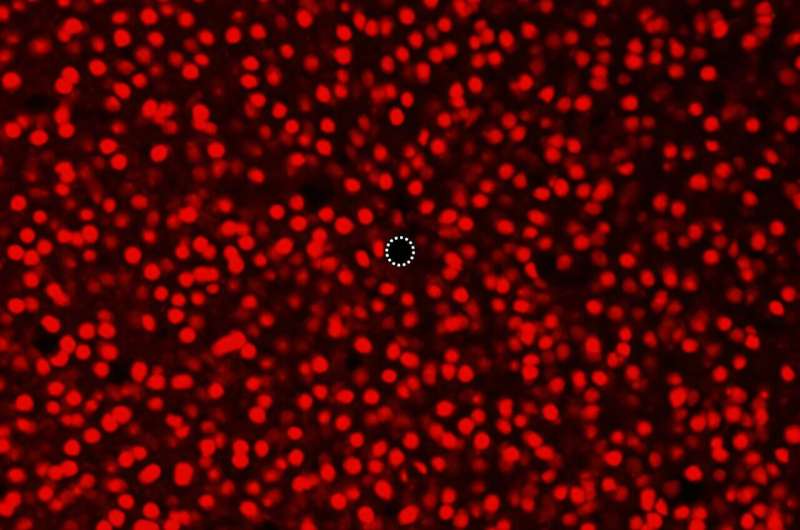This breakthrough involves a 5-µm-diameter microneedle electrode fabricated on a flexible film using silicon-growth technology. Through experiments using mice, the team demonstrated significantly reduced neuronal death and stable neuronal activity recordings compared with traditional electrode technologies, overcoming long-standing challenges in neural recording.
Long-term in vivo recording of neuronal activity in brain tissue is essential not only for fundamental neuroscience studies but also for clinical applications. Microelectrode devices offer high-resolution spatiotemporal neural recordings, making them a promising technology for these applications. However, electrode implantation causes tissue damage, limiting the recording period.
In their study published in Advanced Materials Interfaces, the research team addressed this limitation using a 5-μm-diameter microneedle electrode-based device. The electrode implanted in the mouse cortex exhibited in vivo recording capabilities one day after implantation and maintained stable performance for over a year. Immunochemical analysis of electrode-implanted tissues confirmed that the electrode did not significantly increase neuronal death compared to unimplanted tissue.

